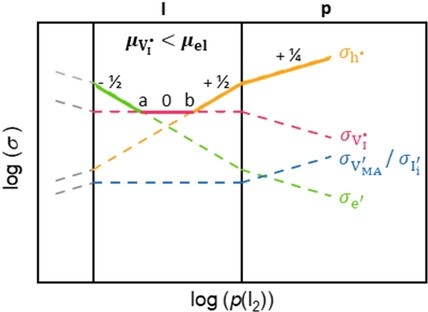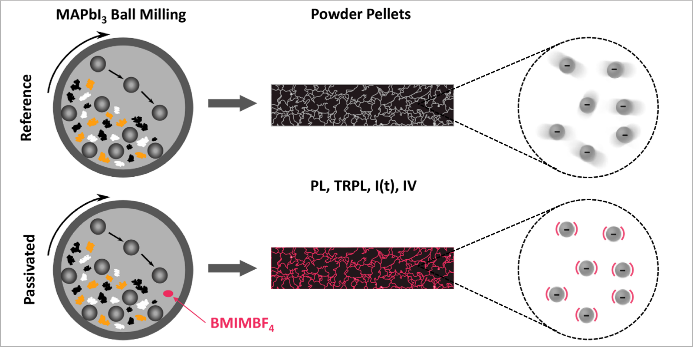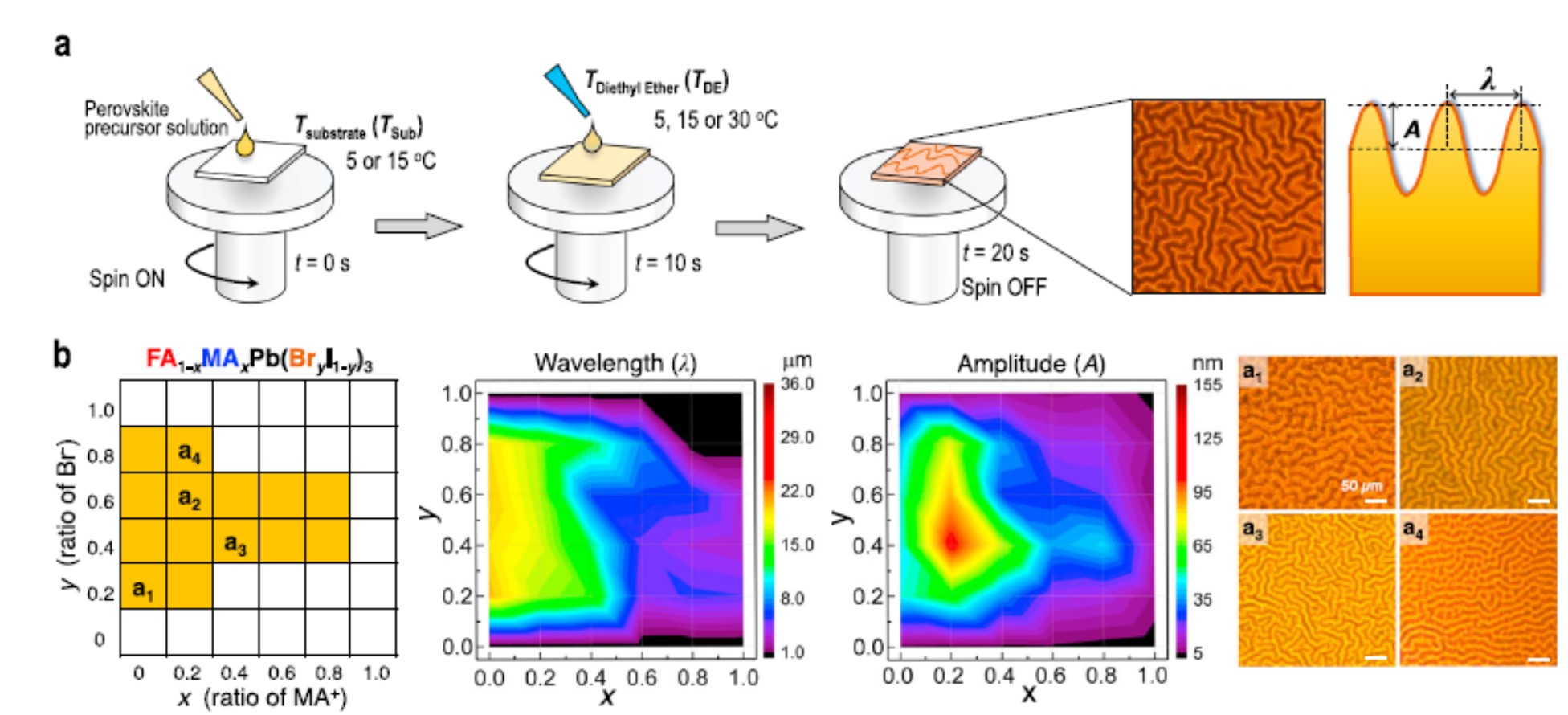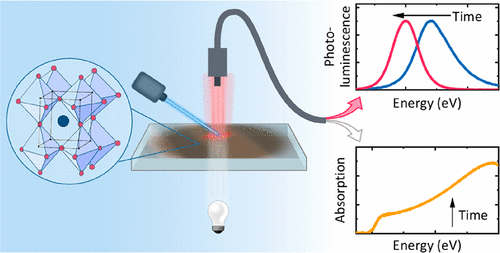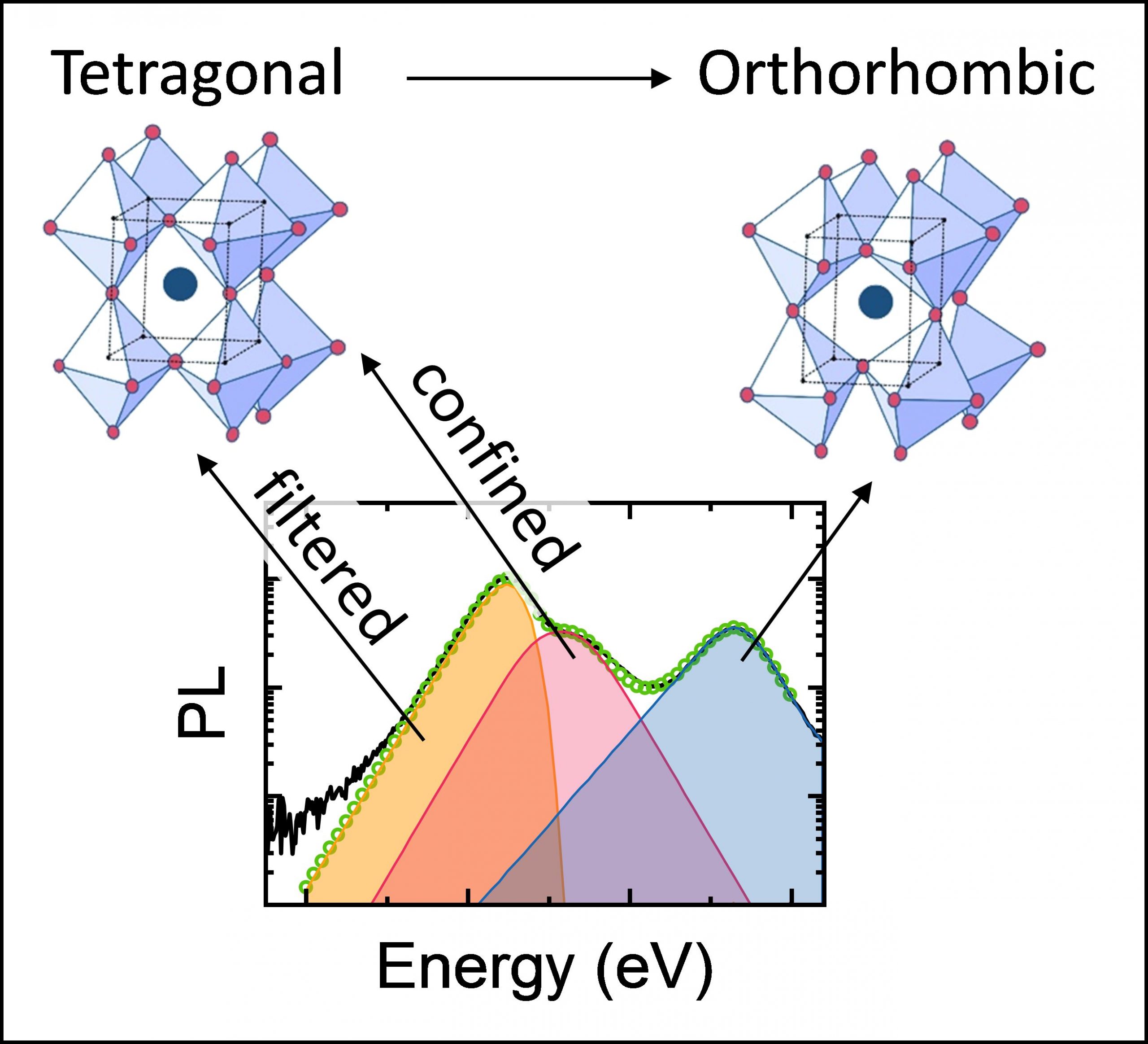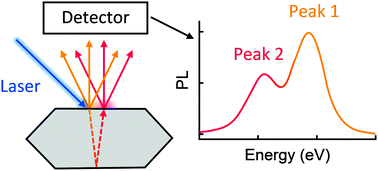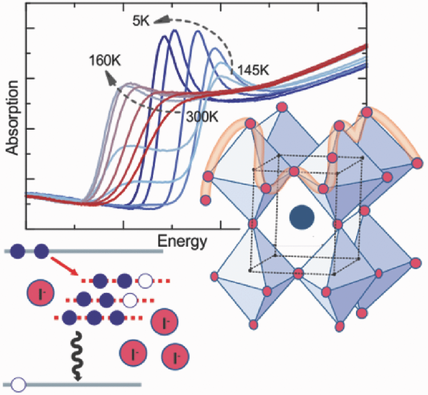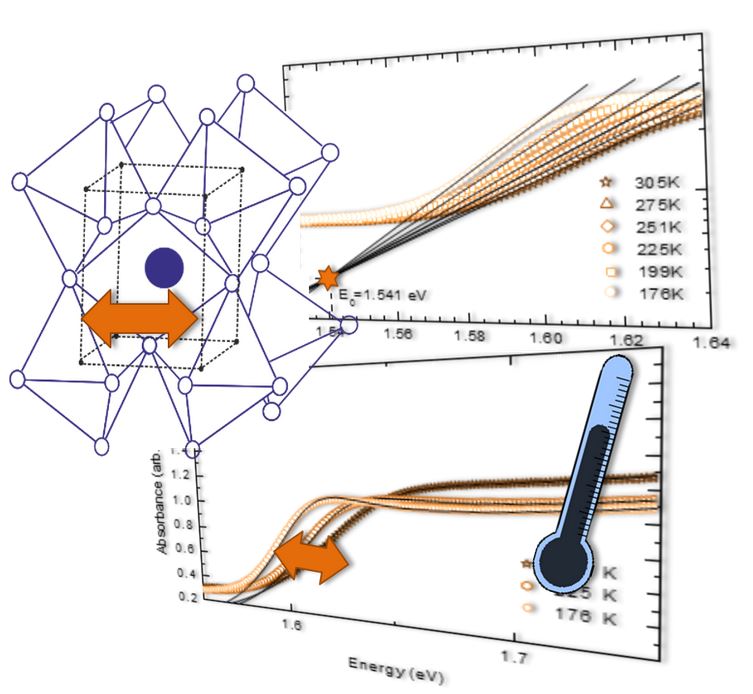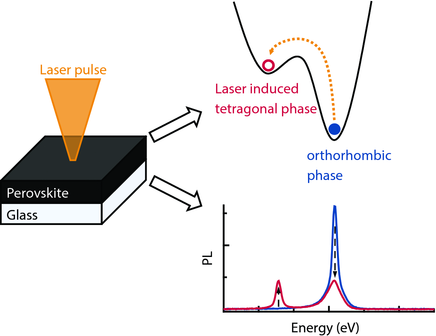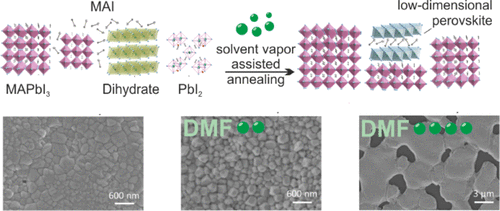
One of the key factors for the remarkable improvements of halide perovskite solar cells over the last few years is the increased control over perovskite crystallinity and its thin film morphology. Among various processing methods, solvent vapor-assisted annealing (SVAA) has proven to be promising in achieving high-quality perovskite films. However, a comprehensive understanding of the perovskite crystallization process during SVAA is still lacking. In this work, we use a home-built setup to precisely control the SVAA conditions to investigate in detail the perovskite crystallization kinetics. By changing the solvent vapor concentration during annealing, the perovskite grain size can be tuned from 200 nm to several micrometers. We monitor the crystallization kinetics during solvent-free annealing and SVAA using in situ grazing incidence wide-angle X-ray scattering, where we find a diminished perovskite growth rate and the formation of low dimensional perovskite at the top of the perovskite layer during SVAA. Scanning electron microscopy images of the final films further suggest that the perovskite growth follows an Ostwald ripening process at higher solvent concentrations. Thus, our results will contribute to achieve a more targeted processing of perovskite films.




